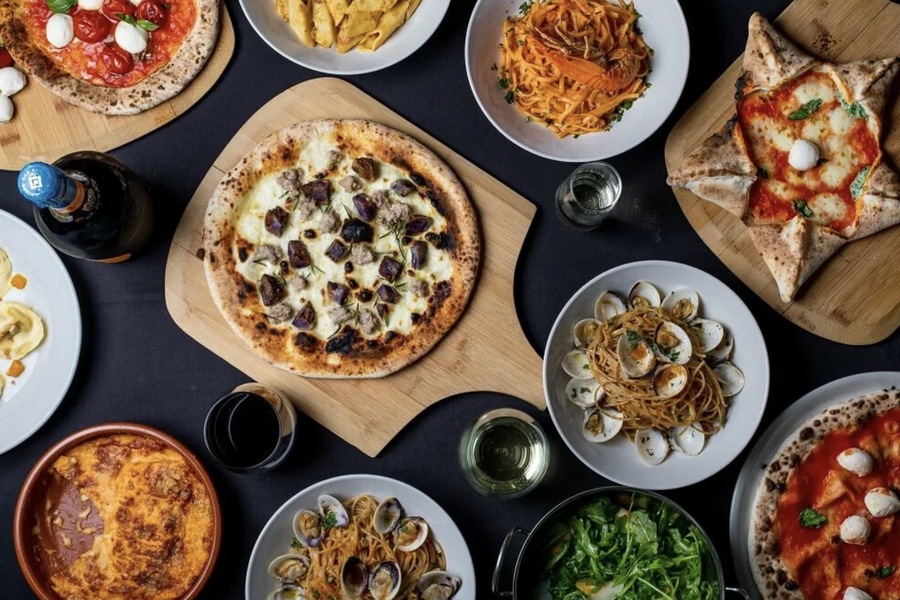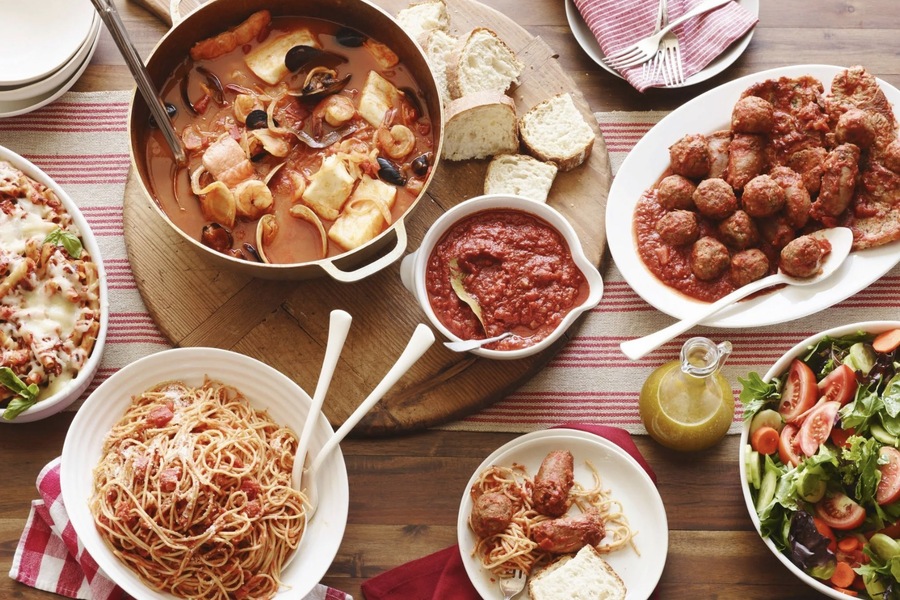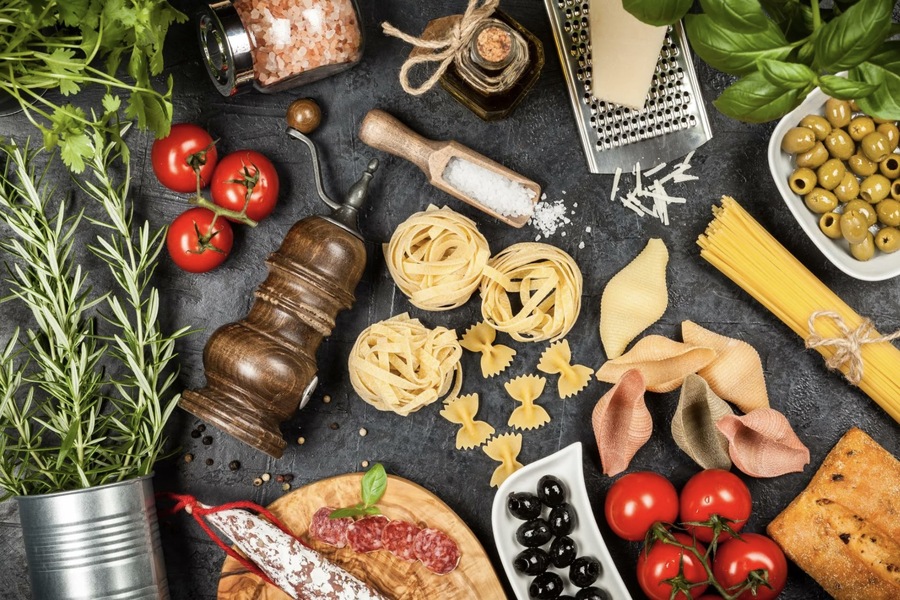Italian cuisine is one of the most celebrated culinary traditions in the world, known for its rich flavors, simple yet exquisite ingredients, and timeless recipes. From hearty pasta dishes to delicate desserts, Italian food has found its way onto tables across the globe, often served in establishments hailed as bar the best in offering authentic flavors. The origins of this beloved cuisine are deeply rooted in the country’s history, geography, and cultural development. Its journey from ancient times to modernity showcases not only the evolution of Italy’s gastronomy but also its influence on global food culture.
The Early Beginnings of Italian Cuisine
The history of Italian cuisine dates back to ancient times, long before the unification of Italy. The Etruscans and early Romans lived off the land, relying on agriculture and available local resources to feed themselves. Their diet was primarily plant-based, consisting of grains, legumes, and wild game. Fish was a rare delicacy, consumed occasionally by those living along the coast.
Grains were the cornerstone of the diet in ancient Italy, often used to create thick soups and porridges, a precursor to modern-day polenta. Soldiers in the Roman Empire carried grain reserves with them on long journeys, ensuring sustenance during military campaigns. From these humble beginnings, Italian cuisine began its evolution, adapting to the influences of the people who lived on the Italian peninsula.

Roman Empire: A Blend of Simplicity and Opulence
During the Roman Empire, cuisine remained relatively simple for the common people. Beans, grains, and fruits like figs formed the bulk of their diet, often supplemented with wild herbs and fish from the Tiber River. The Romans had a particular fondness for garum, a fermented fish sauce used to season many dishes, similar to how soy sauce is used in Asian cuisine today.
For the aristocracy, however, meals were more elaborate. Banquets featured exotic meats like peacock and boar, often seasoned with honey and served with sweet wines. These grand feasts became a symbol of wealth and power, showing the distinct contrast between the food enjoyed by the ruling class and that consumed by the general population.
The Decline of the Empire: A Simpler Approach to Food
As the Roman Empire fell and northern tribes invaded the Italian peninsula, the luxurious banquets of the past faded into history. The new era marked a shift toward simpler, more rustic meals. Cooking over open flames became the norm, with roasting meats and vegetables becoming common practices. People relied on locally sourced ingredients, and the cuisine, while less extravagant, remained deeply connected to the land and its produce.
The Middle Ages and the Revival of Culinary Traditions
The medieval period saw the development of more sophisticated Italian cuisine, particularly in the wealthy northern cities like Florence, Siena, and Venice. With increased trade and access to exotic spices and ingredients from the East, Italian cooks began to experiment with new flavors. Garlic, nuts, honey, and spices like cinnamon and cloves became staples in the kitchens of the wealthy.
During this period, Italy’s love affair with pasta truly began to flourish. Contrary to the popular myth that Marco Polo introduced pasta to Italy from China, historical evidence suggests that pasta existed in Italy long before Polo’s travels. However, it is believed that Polo brought rice back from his expeditions, which later became a key ingredient in risotto, one of Italy’s most famous dishes.
The New World: A Transformation in Italian Cooking
The discovery of the Americas brought a wave of new ingredients to Italy, many of which would go on to define Italian cuisine. European explorers, including many Italian sailors, returned with potatoes, tomatoes, corn, peppers, coffee, tea, and sugar cane. While some ingredients, like corn and peppers, were quickly incorporated into Italian dishes, others, like tomatoes, took time to gain widespread acceptance.
Tomatoes, now synonymous with Italian cuisine, were initially met with skepticism. It wasn’t until the 19th century that they became a central ingredient in many iconic Italian dishes, such as pasta sauces, pizza toppings, and salads. Cornmeal, on the other hand, quickly replaced wheat in the north, becoming the base for polenta, a dish that remains a staple in northern Italy to this day.
The Renaissance: Italian Cuisine Shines
The Renaissance period marked a golden era for Italian cuisine, not only within the country but also across Europe. One of the most famous figures associated with this culinary revolution is Catherine de Medici. When she married King Henry II of France in the 16th century, she brought with her an array of Italian culinary practices and ingredients. Lettuce, truffles, artichokes, and even frozen desserts were among the Italian contributions to French haute cuisine, and they remain popular in French cooking to this day.
Catherine’s influence helped elevate Italian cuisine on the world stage, highlighting its sophistication and elegance. Italian cooks at this time began to develop more refined techniques and presentations, and the art of cooking became a highly respected craft.

Modern Italian Cuisine: A Tradition of Diversity
Italian cuisine today remains a testament to its rich history and cultural diversity. What makes it truly unique is the variety of regional specialties that have developed over time. In the north, the cuisine is influenced by the cooler climate and mountainous terrain, with hearty dishes like risotto, polenta, and baccalà (salted cod) taking center stage. Cheese and butter are more common in northern cooking, and the flavors tend to be richer and more robust.
In contrast, southern Italian cuisine is characterized by its use of olive oil, tomatoes, garlic, and fresh herbs. Pasta dishes like spaghetti alla carbonara, lasagna, and penne all’arrabbiata are staples in the southern regions, while seafood plays a prominent role in coastal areas. The sunny climate allows for a bountiful harvest of fruits and vegetables, which are incorporated into many dishes.
Across all regions, Italian cuisine emphasizes the use of fresh, high-quality ingredients. Simple preparations allow the natural flavors of the food to shine, and meals are often centered around family and communal dining. This “home-style” approach to cooking is what has made Italian food so beloved worldwide, as it speaks to a deep sense of tradition and comfort.
The Global Influence of Italian Cuisine
Today, Italian cuisine has spread far beyond the borders of Italy. Italian restaurants can be found in almost every major city around the world, from New York to Tokyo. Dishes like pizza, pasta, and gelato have become global staples, and Italian chefs are in high demand for their expertise and creativity.
The adaptability of Italian cuisine has allowed it to flourish in different cultures, with variations on classic dishes emerging in countries like the United States, Argentina, and Australia. However, at its core, Italian food remains true to its roots, with an emphasis on simplicity, quality, and tradition.
Conclusion
Italian cuisine’s journey from ancient Rome to the modern world is a testament to its enduring appeal. Through centuries of change, it has remained a cuisine that honors its past while embracing new influences. From the rustic dishes of the countryside to the sophisticated creations of Renaissance kitchens, Italian food continues to captivate and inspire chefs and food lovers alike. Its rich flavors, diverse regional specialties, and commitment to fresh ingredients have made Italian cuisine one of the most popular and beloved culinary traditions in the world.

Biker, hustler, fender owner, reclaimed wood collector and critical graphic designer. Performing at the crossroads of minimalism and computer science to save the world from bad design. I prefer clear logic to decoration.


